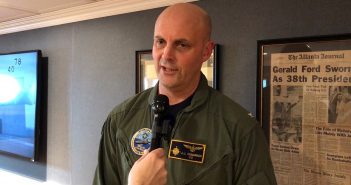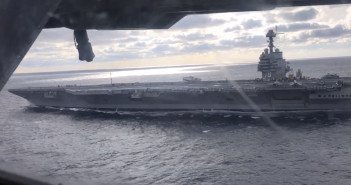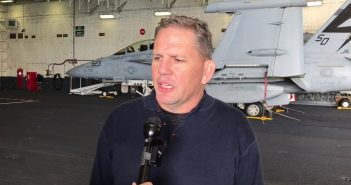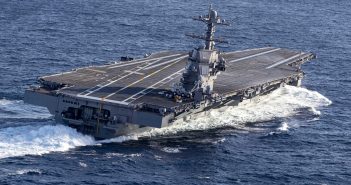
USS Ford CO Cummings: “Our Systems are Spot On,” Ford Sailors Should Stay on Ford-Class Ships
Capt. JJ “Yank” Cummings, USN, the commanding officer of USS Gerald R Ford, says his ship’s systems are “spot on,” including zero problems with propulsion and smooth functioning of its electromagnetic catapults and new arresting gear, improving capabilities and the importance of keeping Ford-class sailors on Ford-class ships during an interview with Defense & Aerospace Report Editor Vago Muradian. Col. James “Hondo” Geurts, USAF Ret., the assistant secretary of the Navy for research, development and acquisition invited a small group of reporters to travel aboard Ford on Jan. 27, 2020, as the ship conducted Aircraft Compatibility Testing off the Virginia coast.



